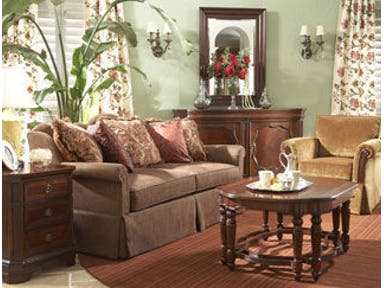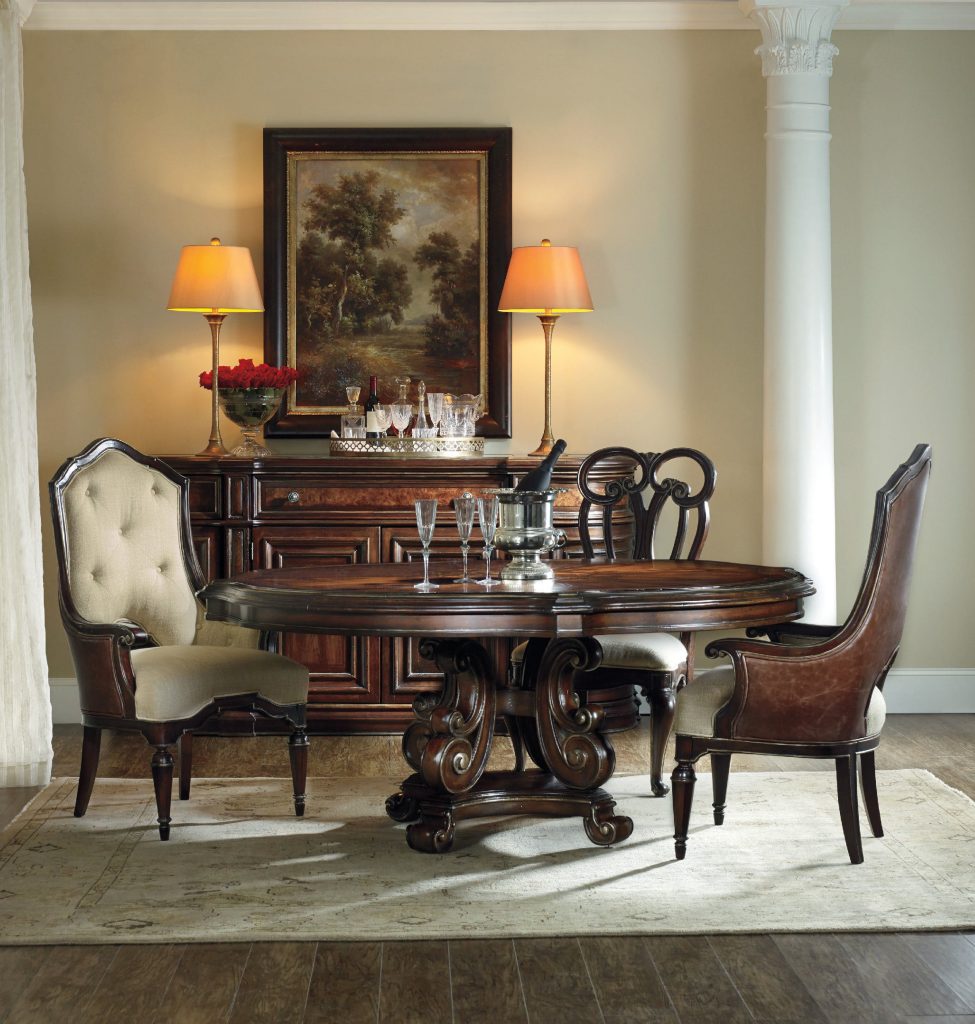Monday, July 24th, 2017

Fine Furniture Design Living Room Side Table 920-960
Interior design, when spoken of as a profession, is relatively new yet it’s constantly evolving. To be involved in this industry, one needs education, ample experience and in some states, it is even necessary to take a licensure exam. The function as well as the quality of interiors, after all, depend on interior design.
On the so-called journey of the interior design process, designers often times define what they do as well as what they work with. To some, good design means the fusion of function and beauty. Others view it as having an efficient and durable home. Still, others see interior design as an expression of one’s self onto his home or workplace.
Interior design may also be viewed as a series of choices and their consequences. Lastly, it should be holistic.
To know whether interior design is art or science, let’s take a look at the principles that comprise this term –
Principle of Unity
Interior design asks for a sense of uniformity and harmony. This should be your visual guide in understanding your living space. Minus unity, the homeowner will simply get confused.
All the design elements that were used must complement each other and the visual transition must be hard to miss. As a designer, you need to learn to overlap the elements so that they work together instead of competing with one another.
Principle of Balance
This is the orderly distribution of elements. Visual equilibrium is achieved through this principle.
There are three ways to achieve balance in interior design – through symmetrical, asymmetrical and radial ways. Symmetrical balance has a central axis where both halves are provided with equal design elements. Asymmetrical, on the other hand, keeps an odd number of design elements though there still is an imaginary central axis (a.k.a. the focal point). Radial, simply put, uses circular symmetry (e.g. chandelier hanging in the middle of a dining room).
Principle of Rhythm
This suggests the linked movements between all the design elements. This is essential so that a visual tempo is maintained. Elements must be repeated throughout the space in an orderly manner. There are three methods in achieving rhythm – repetition, progression, and alternation.
Principle of Emphasis
As the term suggests, this principle centers on having a focal point. This could be color, texture, pattern or a piece of furnishing. To use effectively, make sure that the focal point is the most dominant piece in a space.
Principle of Contrast
Contrast is the difference between color, luminance, form or space. An awesome example of this is when you use black and white in a home. This is also the principle that’s being followed when a circular mirror is paired with a rectangular sofa.
Principles of Scale and Proportion
These ensure that all the design elements placed inside a living space belong to one another. This can be determined by the objects’ shape, size, color or even dimensions. An example is when you have a high ceiling; this means that you have to look for bigger or taller furniture instead of the low rise pieces in the market.
Principle of Details
These are the capstones of an interior design. This could be the embroidered design on your colored throw pillows inside the living room. This could also be the ornate designs on the legs of your antebellum furnishings.
Details could be patterns or textures. They can be repetitive or not.
Conclusion
Now that you learned the different principles of interior design, what do you think it is? Is it science, art, or both? To the trained eye and those that have a creative instinct, it is both and so many other things.
Tags: interior design principles, McCreerys, McCreerys Home Furnishings, principles of interior design
Posted in Interior Design 101, Interior Design Elements | Comments Off on Interior Design – Art or Science?
Monday, December 19th, 2016

The Hooker Furniture Dining Room Grand Palais 72in Round Pedestal Dining Table is the star of this show with every element working to highlight it.
Do you agree that a beautifully designed interior would function well and also create a positive mood among the dwellers? There are three essential elements that need to be met should you want your home to become a haven. These three are – function, mood and don’t forget personality.
Prior to rearranging or painting, be sure to spend some time planning. Your house, after all, would only become a home if you have an inspired idea (or ideas) on the overall look. Look for stuff around the house that will help you with the color cues. These colors might also dictate what would eventually be the mood that the rooms would evoke.
Now lets’ begin with…
Function
Designing a home is more than just creating an eye candy. Interior design is a lot more than this since your goal is to make the rooms work for you.
First, look for natural focal points. These are those areas where the eyes natural rest upon once you enter a room. It could be a fireplace, a bookcase, or a bay window with a picturesque view of the outdoors.
If these natural focal points don’t exist in your home, you can just create one by, say, adding a dynamic artwork or an eccentric area rug.
Determine also if the furniture for each room satisfies all the functions that you have originally planned. Should you discover that the piece does not work, or if it is too big or small for the room, then just invest in some new pieces. Add something that is more suitable for your home.
Don’t forget that the main function of light is to illuminate your home and not just for visual appeal. Each task requires direct lighting from an overhead light or a lamp. Accent lighting, on the other hand, could enhance color, textures and room details.
Mood
This is the feeling that is created by your preference in colors and furnishings as well as the amount of patterns and textures as you choose the accessories.
Just as you would need to find a focal point, it is also crucial to find an inspirational piece for the overall mood. It could be as simple as a decorative pillow or an interesting magazine photo.
Find a theme that will summarize the ideas that you have used – this could be rustic, traditional, contemporary, modern, Mid-century, transitional, shabby chic, industrial, to name a few.
Add Some Personality
This is your chance to add your own stamp in your home. You can begin by planning the accessories that would adorn every room. Carefully choose the pillows, vases, pictures and area rugs that you will use in each room. Place these special pieces on mantels, walls, tabletops, furniture and floors.
These should generally support your theme but they shouldn’t be too uptight that your artistic flair or flexibility ends up being limited.
Family photographs of travels and special occasions are common mood enhancers as are the most interesting paintings, sculptures and other forms for art.
How about creating a castle in the sky? This is optional but definitely a great way to counteract any stark environment. Remember that following design guidelines are good but to be strictly confined by them could result in a sterile dwelling that’s totally not you. For example, a country sitting room could have some relief from a colorful quilt – made by your family and – displayed over the fireplace. And since it’s the holiday season, you could even add Christmas décor to make your home appear more festive.
At the end of the day, the principles of interior design would come to work if you created something unexpected in your home. It might not be the most eccentric look but it’s definitely a style that shouts you.
Tags: interior design principles, McCreerys, McCreerys Home Furnishings, principles of interior design
Posted in Interior Design 101, Interior Design Elements | No Comments »
© McCreery's Home Furnishings | All Rights Reserved | Privacy Policy